Great English painter, JMW Turner, hailed by the critic, John Ruskin, as ‘the father of modern art’, undertook annual summer tours of Britain, but where did he live and love?
As the Turner Prize, an annual award given to a British visual artist, approaches, with the exhibition of the four shortlisted artists due to begin on 28 September, we reflect on the places that the eponymous artist lived in and cherished the most throughout Britain.
Where JMW Turner lived in Britain
Maiden Lane, Covent Garden
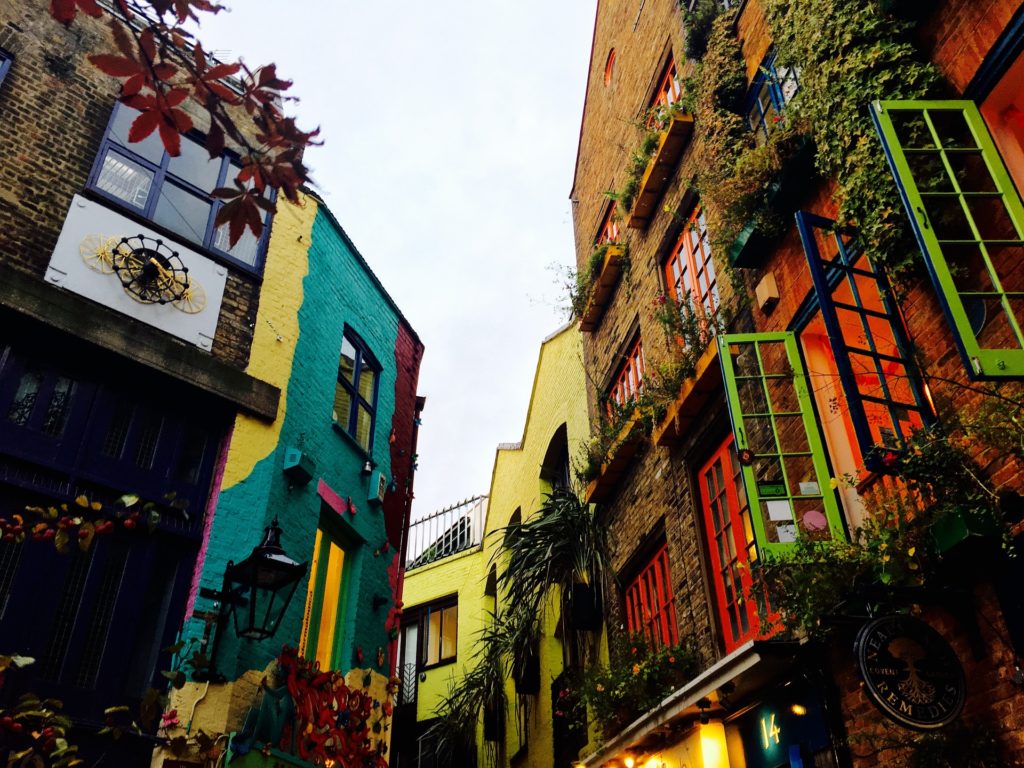
Maiden Lane is a street in Covent Garden, London, that runs from Bedford Street in the west to Southampton Street in the east. The painter JMW Turner was born above his father’s barber shop at number 21, Maiden Lane in 1775. His mother, Mary Marsahll, came from a family of butchers. Turner was baptised at St Paul’s Church in Covent Garden on 14 May 1775.
Margate, Kent
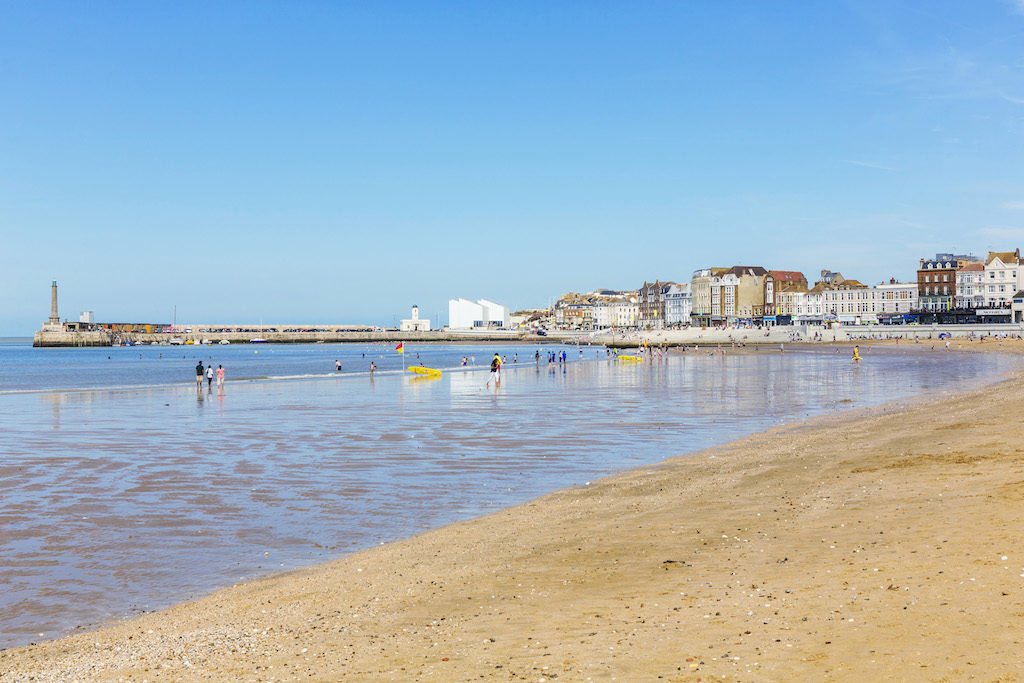
Around 1786, Turner was sent to Margate on the north-east Kent coast to go to school. At the age of 11 this was probably the first time he had seen the sea; it would come to be one of his greatest subjects. Even after his education was over, he visited the resort regularly. Now, Turner Contemporary, a modern art gallery, has been built on the site where his old boarding house once stood. Created by British architect David Chipperfield, it is the largest contemporary art space in south-east England.
Harley Street, West End
In 1799, Turner moved from his father’s house in Covent Garden to Harley Street in London’s West End. Five years later, he converted some outbuildings attached to his home into a gallery where he could show his pictures. This was the same year his mother died in Bethlem Hospital.
The gallery was a success and many wealthy visitors (and buyers) came to see it. Art collector Sir John Leicester was among them. He wanted to have his own gallery at his country house in Tabley, Cheshire. Turner helped him to design it.
Queen Anne West Street, West End
Just four years later in 1809, Turner moved from his Harley Street address around the corner to 47, Queen Anne Street West. He designed another gallery for this property in 1818.
Twickenham

Sandycombe Lodge is a grade-II* listed house at 40 Sandycoombe Road, Twickenham. In the picturesque-cottage style, it was designed and built by Turner himself in 1813 as his country retreat, where he may escape from the pressure of the art world in the city. Turner lived there from 1814 to 1826. Originally known as Solus Lodge, it is the only surviving building designed by Turner, and shows the influence of his friend, Sir John Soane. In fact, Turner had once declared that “if he could have his life again, he would have been an architect.”
While there, he enjoyed walking the Thames path, sketching and fishing. When his father, William, retired, he took charge of the household and garden.
2019 saw a £5,000 grant from Richmond Council’s Civic Pride Fund bestowed on the cottage in order to make it fit to exhibit loaned Turner works in 2020. Turner’s House is now his only former home that is open to the public, who can visit from Wednesday to Sunday.
Petworth House, West Sussex
Turner was a frequent guest of George Wyndham, 3rd Earl of Egremont, and lived at Petworth House in West Sussex for a period. There he painted scenes of the grounds and the surrounding countryside, as commissioned by Egremont, including a view of the Chichester Canal. Petworth House is now a National Trust property and its collection of art still includes 20 of Turner’s works – the most from any one artist.
See here for Petworth House and Park opening times. Ticket prices range from £6 for a child, £12 for an adult and £30 for a family.
Cheyne Walk, Chelsea
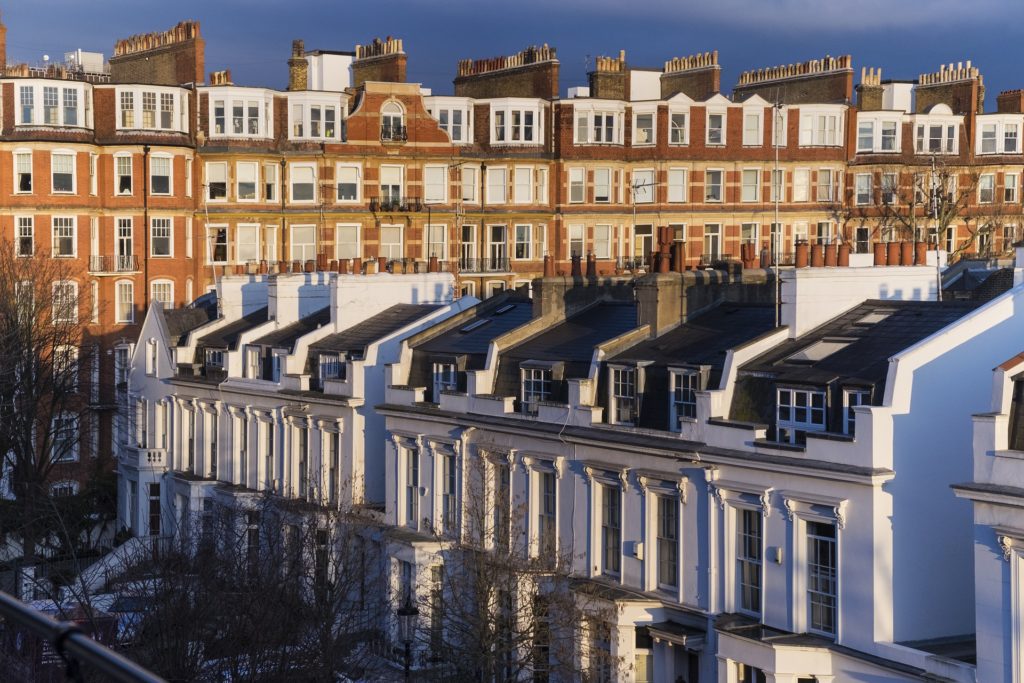
Turner formed a relationship with Sophia Caroline Booth (1798–1875) after her second husband died, and he lived at 118 and 119, Cheyne Walk in Chelsea for about 18 years. Turner actually adopted her name and lived as ‘Mr Booth’ to conceal his identity.
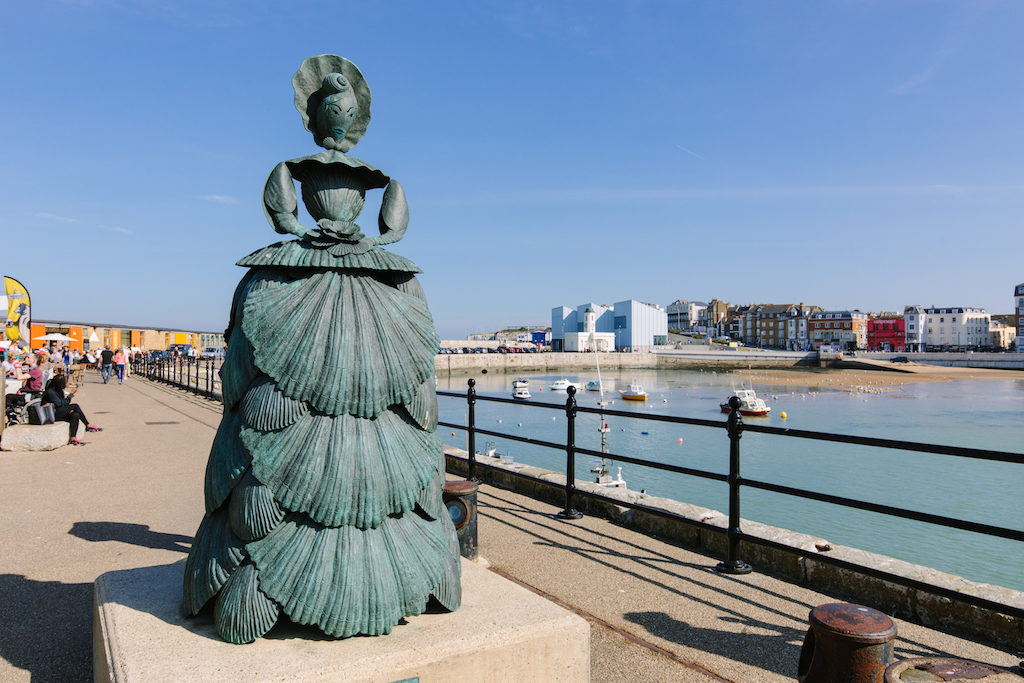
In Margate, ‘Shell Lady’ on Margate Harbour Arm is named ‘Mrs Booth’ – a link between his childhood muse, the sea, and that of his later life.
St Paul’s Cathedral, City of London
JMW was buried at St Paul’s Cathedral, after he died at Cheyne Walk at the age of 76 in 1851.

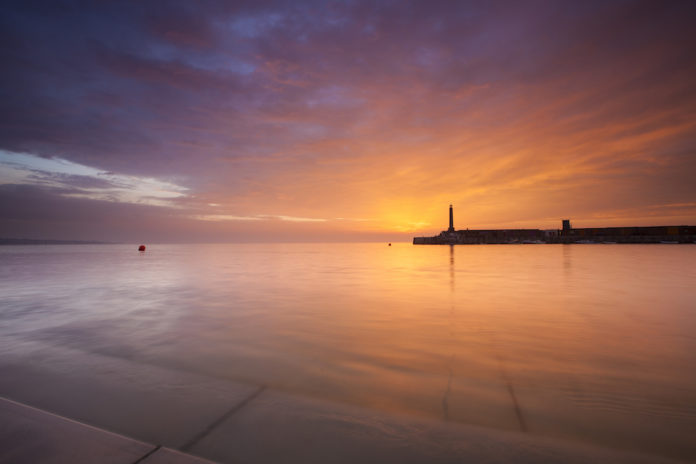




 © 2024
© 2024